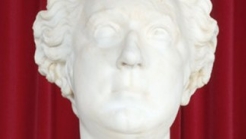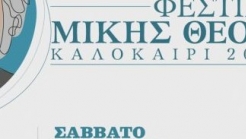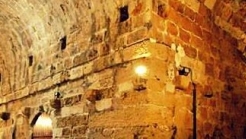

Greece
The katholikon of St. Francis monastery was one of the greatest temples of Venetian Candia. When Candia fell to the Turks in 1669, the temple was converted into an imperial mosque dedicated to Muhammad the Conqueror, the conqueror of Constantinople.
The temple that was lost in time
The katholikon of St. Francis monastery was one of the greatest temples of Venetian Candia. When Candia fell to the Turks in 1669, the temple was converted into an imperial mosque dedicated to Muhammad the Conqueror, the conqueror of Constantinople.
The earthquake of 1856, however, that shook Heraklion, destroyed most of it. In 1912, the remains were removed, and in the site of the temple was built the Archaeological Museum of Heraklion.
A remnant of the temple is currently in our city: the gate of the Courts, in the Street of Justice, which was once the gateway of the beautiful Venetian edifice.


The house he lived in, where he wrote and died, after being destroyed by the WWII bombardments, was later restructured and still exists to this day. In Solomos’s house, the Company of Corfu Studies founded the Centre for Solomos Studies, which operates as “Solomos Museum”.


Chania, from 27 to 29 July For the 4th consecutive year, the "Mikis Theodorakis" Festival is held in Chania at 27,28,29 July 2018. The program of actions is as follows:


The city of Heraklion in the Middle Ages it was known as the "Castle". Rightly named so because of that time was surrounded by walls. Remains of this wall are located scattered within the city.
1039 Ε 6061 01515 00